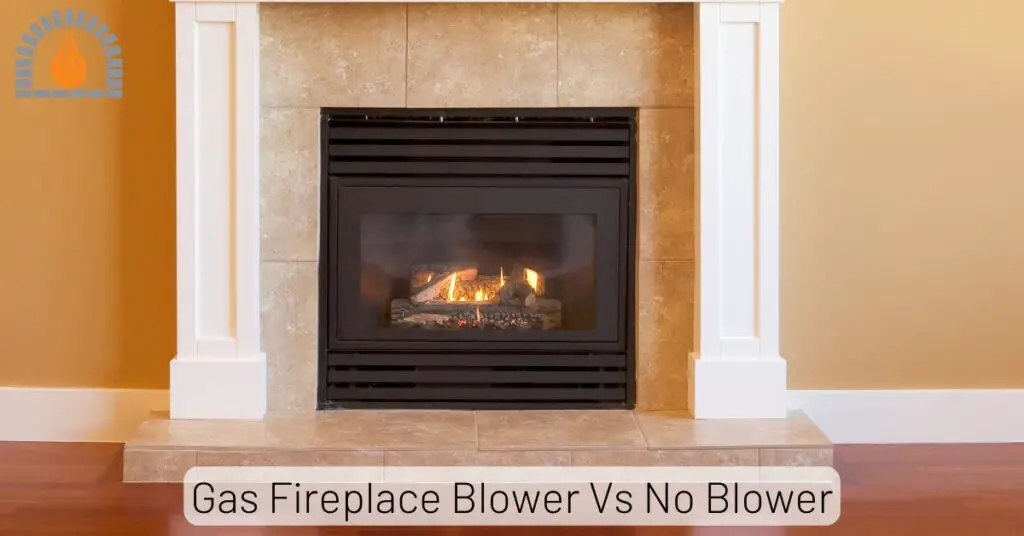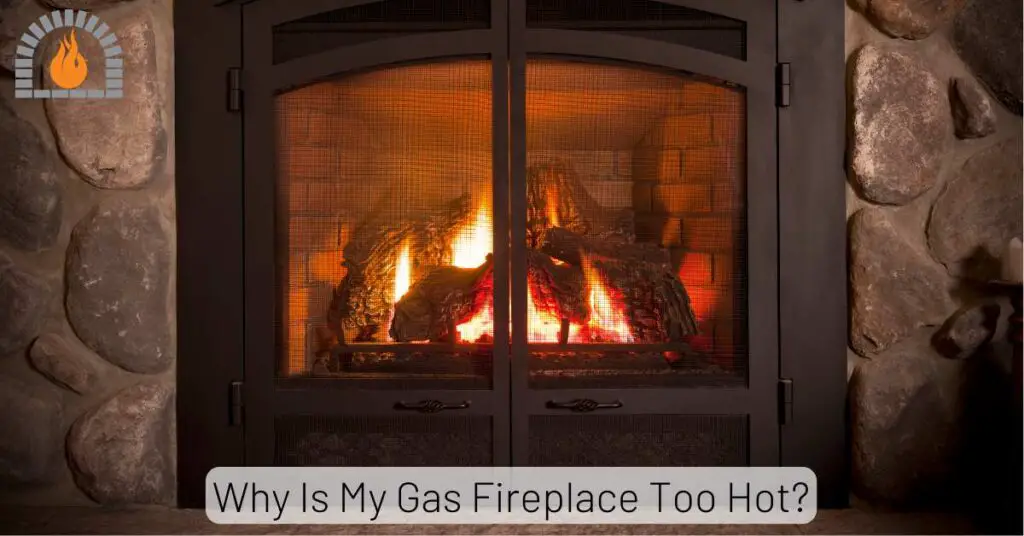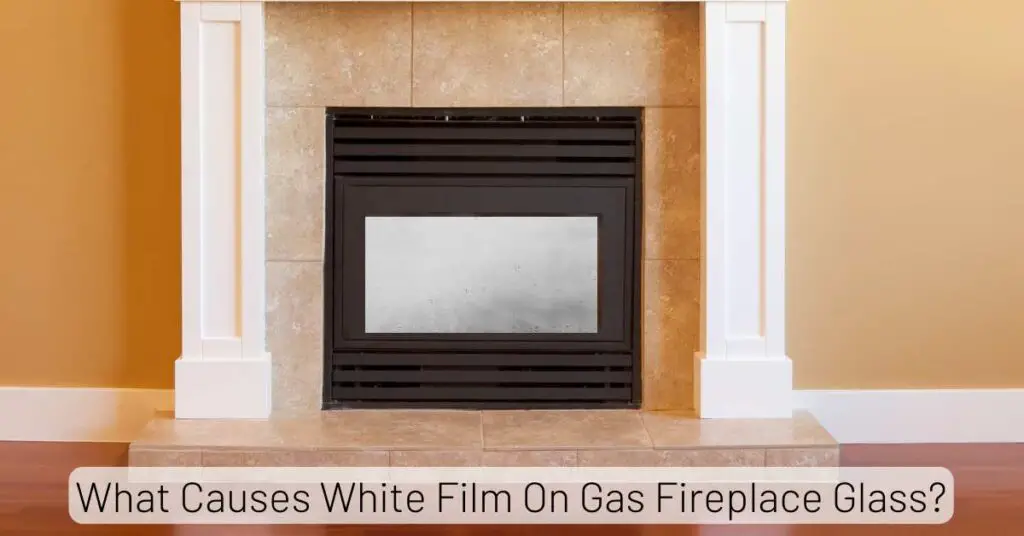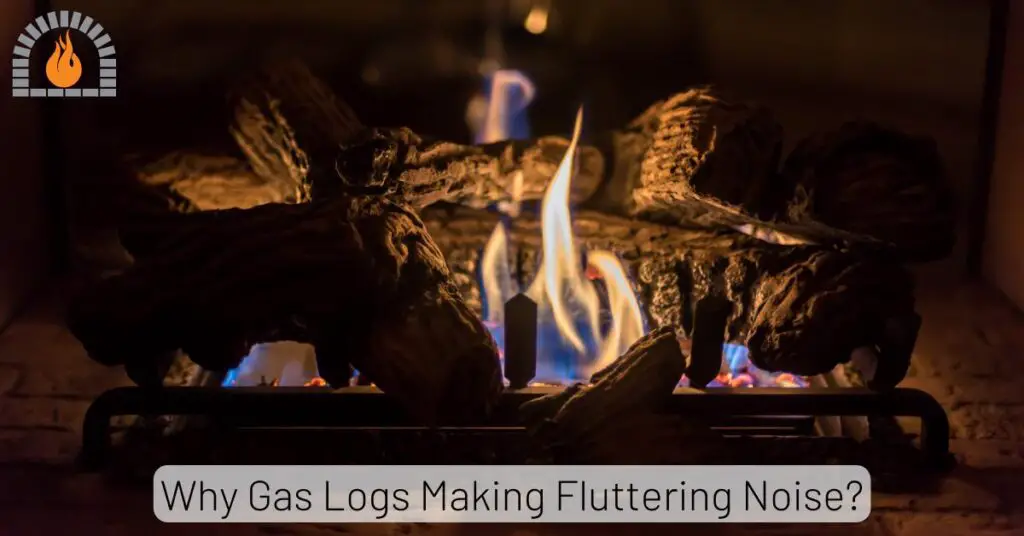In the cozy realm of home comfort, few things rival the allure of a warm, crackling fire on a chilly evening. Gas fireplaces offer a convenient and efficient way to bring that timeless charm into our living spaces. Yet, ensuring the safe and proper functioning of a gas fireplace involves more than just the flick of a switch.
One crucial element to be mindful of is the status of the fireplace flue. Understanding how to tell if the gas fireplace flue is open is paramount in maintaining both the appliance’s efficiency and your home’s safety.
How To Tell if Gas Fireplace Flue is Open?
The easiest way to check if the gas fireplace flue is open or blocked is by holding a small mirror up to the fireplace opening and angling it to see if you can observe the chimney. If the flue is open, you should be able to see light, or the sky reflected in the mirror.
Checking if the flue in a gas fireplace is open is an important safety measure to ensure proper ventilation and prevent the buildup of harmful gases in your home.
Here are some steps you can follow to determine if the gas fireplace flue is open:
- Look for a lever, knob, or handle on or near the fireplace. This is often the control for the damper or flue. In the open position, the flue allows exhaust gases to escape.
- Feel for a draft coming down from the chimney on a cold day. If the flue is open, you should feel cold air entering the fireplace.
- Hold a small mirror up to the fireplace opening and angle it to see if you can see up into the chimney. If the flue is open, you should be able to see the light or the sky through the mirror.
- While the fireplace is not in use, listen for air movement sounds. If the flue is open, you may hear outside noises, indicating air freely flowing through the chimney.
Importance of Gas Fireplace Flue
The gas fireplace flue is a fundamental component for the safe and efficient operation of gas fireplaces. Primarily responsible for venting combustion byproducts outside, the flue is vital in maintaining indoor air quality and preventing the accumulation of harmful gases, such as carbon monoxide, within living spaces.
Beyond safety considerations, the flue regulates draft, ensuring optimal performance by efficiently directing gases out of the fireplace. Its contribution to preventing condensation within the chimney minimizes the risk of creosote buildup, a potential fire hazard.
Compliance with building codes underscores the importance of the flue, emphasizing its role in preventing backdrafts and facilitating regular inspections and maintenance.
Signs of Open Gas Fireplace Flue
- Flames are visible when the gas fireplace is on.
- Adequate ventilation without smoke or noticeable odors.
- Steady and consistent flames during operation.
- Absence of smoky smells inside the house.
- Detection of drafts in the chimney, especially on cold days.
- Absence of unusual noises during fireplace operation.
- Consistent gas supply with stable flames.
Signs of Blocked Gas Fireplace Flue
- Lack of a strong flame when the gas fireplace is on.
- Presence of smoke or unusual odors indoors while using the fireplace.
- Accumulation of excessive soot or black residue around the fireplace.
- Trouble igniting the fireplace or flames going out shortly after ignition.
- Smoke coming back into the room instead of exiting through the chimney.
- Hissing or whistling noises during fireplace operation.
- Obvious blockages, debris, or nests obstructing the flue opening.
- Flames behaving irregularly, sputtering, or flickering excessively.
Do You Open the Flue on a Gas Fireplace?
If you have a vented gas fireplace, it typically means that the combustion process relies on air from within the room where the fireplace is located. In such cases, it is essential to have the flue or damper open when the fireplace is in use.
However, open the flue if you have a vented version of a gas fireplace. Opening the flue before using a vented gas fireplace ensures proper ventilation and prevents the accumulation of potentially harmful gases inside the living space.
The flue is a passage or duct that allows the byproducts of combustion, such as carbon monoxide and other gases, to safely exit your home.
Affiliate Disclosure: Fireplaceadviser.com is a participant in the Amazon Services LLC Associates Program. We may earn a commission when you click on certain links on this site and purchase.

Hello!! I am Jamal Khan. I often fix my home electric heaters and gas stove problems and research the common issues in the heating units to improve my knowledge and expertise. The aim of establishing fireplaceadviser.com is to share my expertise and knowledge with my audience.








